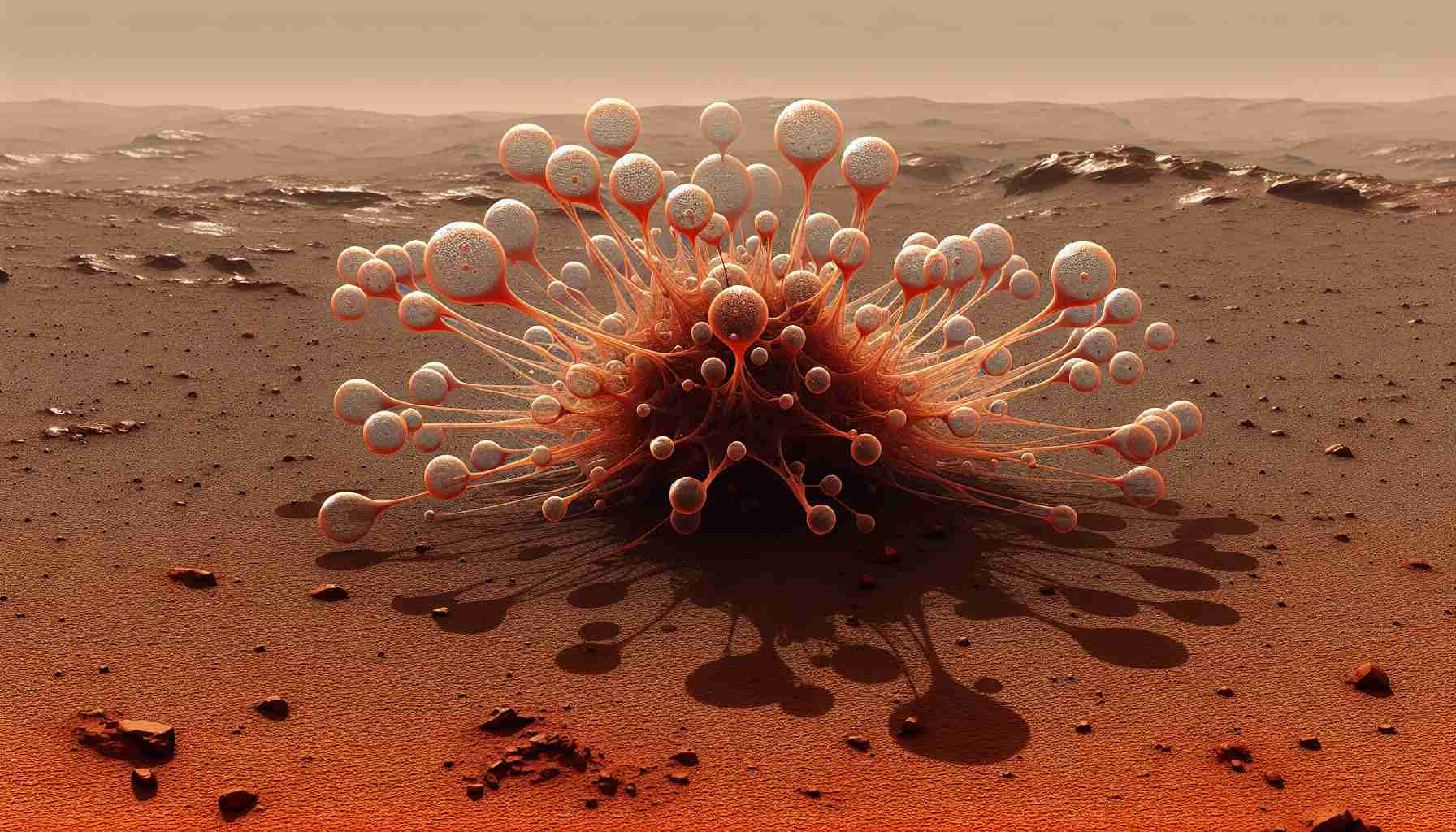The European Space Age (ESA) has recently released fascinating images of spider-like clusters on Mars, capturing the curiosity of space enthusiasts. The enigmatic dark features, however, are not of extraterrestrial origin. According to ESA, they are formed when spring sunshine hits layers of carbon dioxide that have accumulated over the dark winter months.
As the sunlight permeates the layers, the carbon dioxide ice at the bottom transforms into gas, leading to a build-up of pressure. Eventually, the gas bursts free, breaking through the slabs of overlying ice. This emerging gas, carrying dark dust, shoots up through cracks in the ice like geysers before falling back down and settling on the surface of Mars. The result is the formation of dark spots, ranging from 45 meters to 1 kilometer in diameter. These dark spots create distinctive spider-shaped patterns beneath the ice.
ESA’s Mars Express captured these intriguing phenomena on the outskirts of a region known as “Inca City” in the southern polar region of the red planet. The origin of Inca City itself remains a mystery. ESA has suggested several possibilities, including sand dunes, seepage of materials like magma or sand through fractured Martian rock, as well as potential involvement of glaciers. The exact formation process remains uncertain, adding to the allure of this remarkable Martian feature.
Studying such distinct formations on Mars not only fascinates space enthusiasts but also provides valuable insights into the geological processes occurring on the red planet. These observations are crucial in expanding our understanding of Mars and its potential habitability.
As scientists continue to explore and uncover the mysteries of Mars, we are reminded of the vast discoveries awaiting us beyond our own planet. The spider-like clusters serve as a reminder of the wonders that space exploration brings, igniting our curiosity and pushing the boundaries of human knowledge.
FAQ section based on the main topics and information presented in the article:
Q: What are the spider-like clusters on Mars?
A: The spider-like clusters on Mars are dark spots that are formed when spring sunshine hits layers of carbon dioxide ice that have accumulated over the dark winter months.
Q: How are the spider-like clusters formed?
A: When sunlight permeates the layers of carbon dioxide ice, the ice at the bottom transforms into gas, leading to a build-up of pressure. Eventually, the gas bursts free, breaking through the overlying ice and carrying dark dust. This gas shoots up through cracks in the ice like geysers before falling back down and settling on the surface, forming the dark spots in spider-shaped patterns.
Q: What is the exact formation process of the spider-like clusters?
A: The exact formation process of the spider-like clusters is uncertain. The European Space Agency (ESA) has suggested several possibilities, including sand dunes, seepage of materials like magma or sand through fractured Martian rock, and the potential involvement of glaciers.
Q: Where were these spider-like clusters observed?
A: These spider-like clusters were observed on the outskirts of a region known as “Inca City” in the southern polar region of Mars.
Q: What is the origin of Inca City?
A: The origin of Inca City itself remains a mystery. ESA has proposed several possibilities, including sand dunes, seepage of materials, and glacier involvement.
Definitions for key terms or jargon used within the article:
1. European Space Agency (ESA): The European Space Agency is an intergovernmental organization dedicated to the exploration of space in Europe.
2. Martian: Relating to or characteristic of the planet Mars.
3. Extraterrestrial: Relating to or coming from outside the Earth or its atmosphere.
4. Carbon dioxide: A colorless, odorless gas that is a byproduct of respiration and the burning of fossil fuels. It is also necessary for the photosynthesis process in plants.
5. Geysers: A type of hot spring that periodically erupts, sending a column of boiling water and steam into the air.
Suggested related links:
ESA
